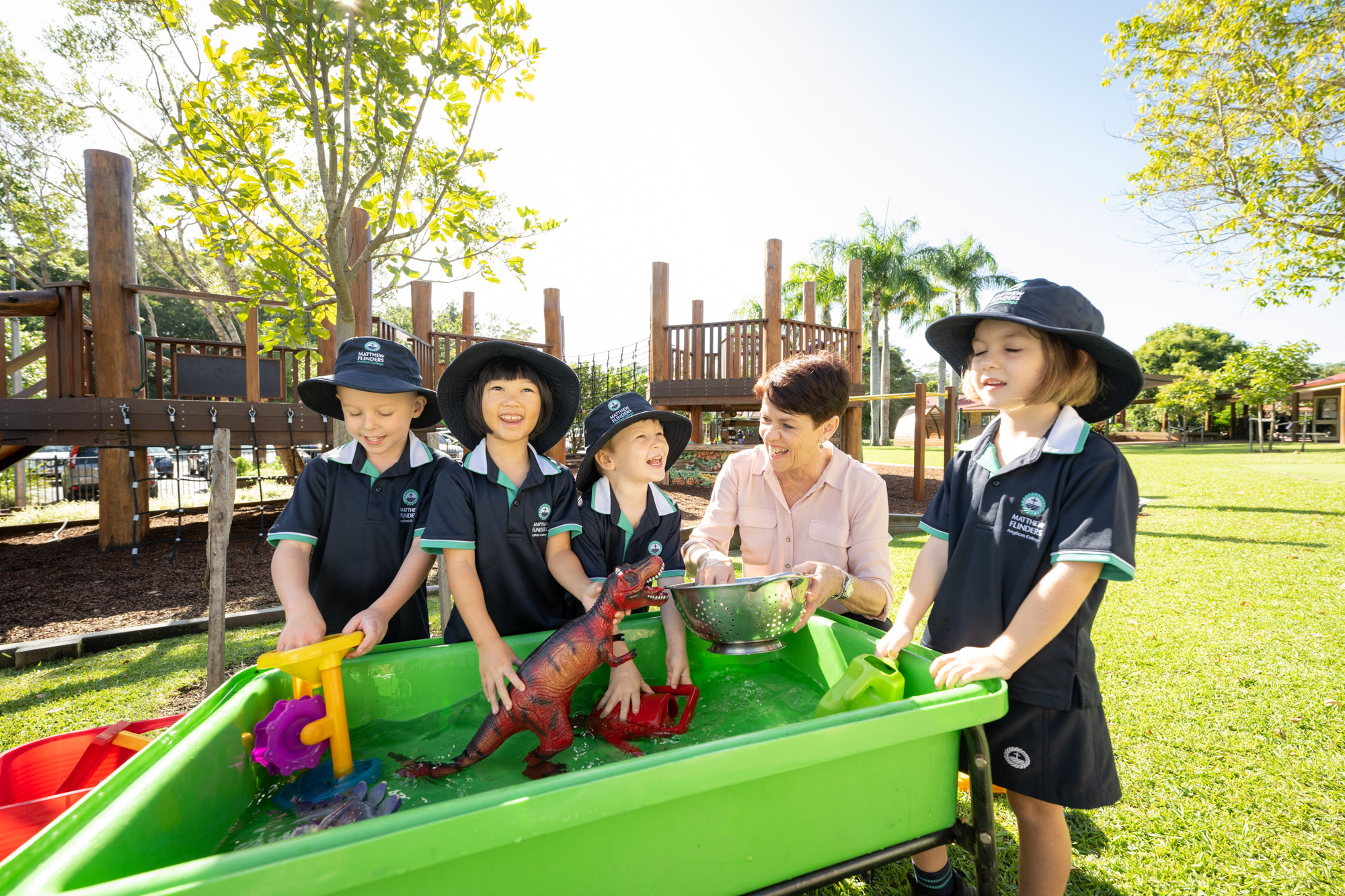As Term 2 commences, we are well aware of how frequently young people are experiencing ‘change’ as part of their everyday lives. Rather than avoid change, at Flinders we want to help our students navigate change with confidence to support their health and wellbeing.
We asked our Head of Junior Primary, Ms Chris Curtain to explore ‘adaptability’ – what it means to be adaptable, why we should learn it from a young age, and how we teach adaptability at Flinders to help our students excel in learning and life. Chris shares the following research and strategies to help develop green thinking to support change.
A famous quote by Greek philosopher Heraclitus notes: "Change is the only constant in life." Indeed, over the past two years of the pandemic we have been experiencing a novel state of flux in our local, national and global communities caused by snap lockdowns, isolation periods and remote learning.
Add to this the challenges caused by natural disasters such as flooding and bushfires, and we all agree: change is inevitable. As for our young people, there is no doubt their 13 years of schooling in itself will bring change upon change. As educators, parents and carers, it is vital that we support and guide young people to learn how to adapt to and cope with changes, as this can make all the difference to their wellbeing and success at school.
Research conducted by the University of Sydney identified that there are three dimensions that contribute to a secondary school student’s capacity to adapt to changes: behaviour, cognition and emotion. Behaviour involves changing actions in response to uncertainty; cognition enables adjustment of thinking; and emotion can reflect a positive or negative response. (Martin, A. J., Nejad, H. G., Colmar, S., & Liem, G. A. D. 2013)
With this research in mind, it is clear that when we support children to regulate their thinking, responses and actions they are better able to develop positive thoughts towards the uncertainty and unpredictability associated with change. Adaptable children learn to expect change and have the strategies to cope with the element of surprise that change can create. And this ability to adapt to circumstances contributes to ‘buoyancy’, which enables a person to cope with the difficulties they may experience on a daily basis. (Martin & Marsh, 2009)
So, how do we teach adaptability at Flinders?
A significant approach in our classrooms is to encourage students to develop their awareness by ‘thinking about their thinking’. For this reason, optimism is a regular focus in our wellbeing teaching. Students learn that being able to look on the bright side helps us to feel better. People who are optimistic are able to think positively about others, themselves and the things that happen to them. Optimism helps them feel happier and more hopeful, and helps them find ways to deal with problems. (Friendly Schools Plus, 2014)
Some students feel optimism easily while others may think about things in a more negative way. The good news is that optimism is a learned behaviour, which means that we can all change the way we think. It’s rewarding to observe a student achieve something they set out to do because this experience builds their self-confidence, which helps to develop optimism.
Thoughts are a constant part of our existence and Dr Paula Barrett separates thoughts into ‘green’ (helpful) and ‘red’ (unhelpful). Red thinking is negative and can create anger, fear and worry. While green thinking encourages positive thinking and optimism. (Friends for Life, 2007) Being conscious of the way we think, and labelling the thinking as red or green, is another strategy we employ to increase our students’ self-awareness and intention of thinking more positively.
It’s also very important to acknowledge a young person’s negative feelings and to talk about fears and worries as we encourage students to be more adaptable. Taking the time to listen and understand can then provide the opportunity to lead the conversation in a different direction. Research shows that talking about the excitement connected to the change or new experience can turn red thinking into green thinking. What’s more, thinking about the opportunities that come with change can also build adaptability skills.
Dr Aaron Balick, in his book Keep Your Cool, recommends turning anxiety into excitement. He talks about these two feelings or states being closely related, with anxiety being ‘excitement’ with the added ‘ingredient’ of the fear of what might go wrong. Optimism and green thinking can tame the fearful thoughts and instead build excitement about the opportunities.
As a parent, in preparation for a new school term and as an ongoing approach, you can support your child to adapt to changes by using green thinking to build excitement and create a sense of opportunity. This can ease worries, alleviate fears and contribute to building buoyancy for a strong and successful term ahead.

